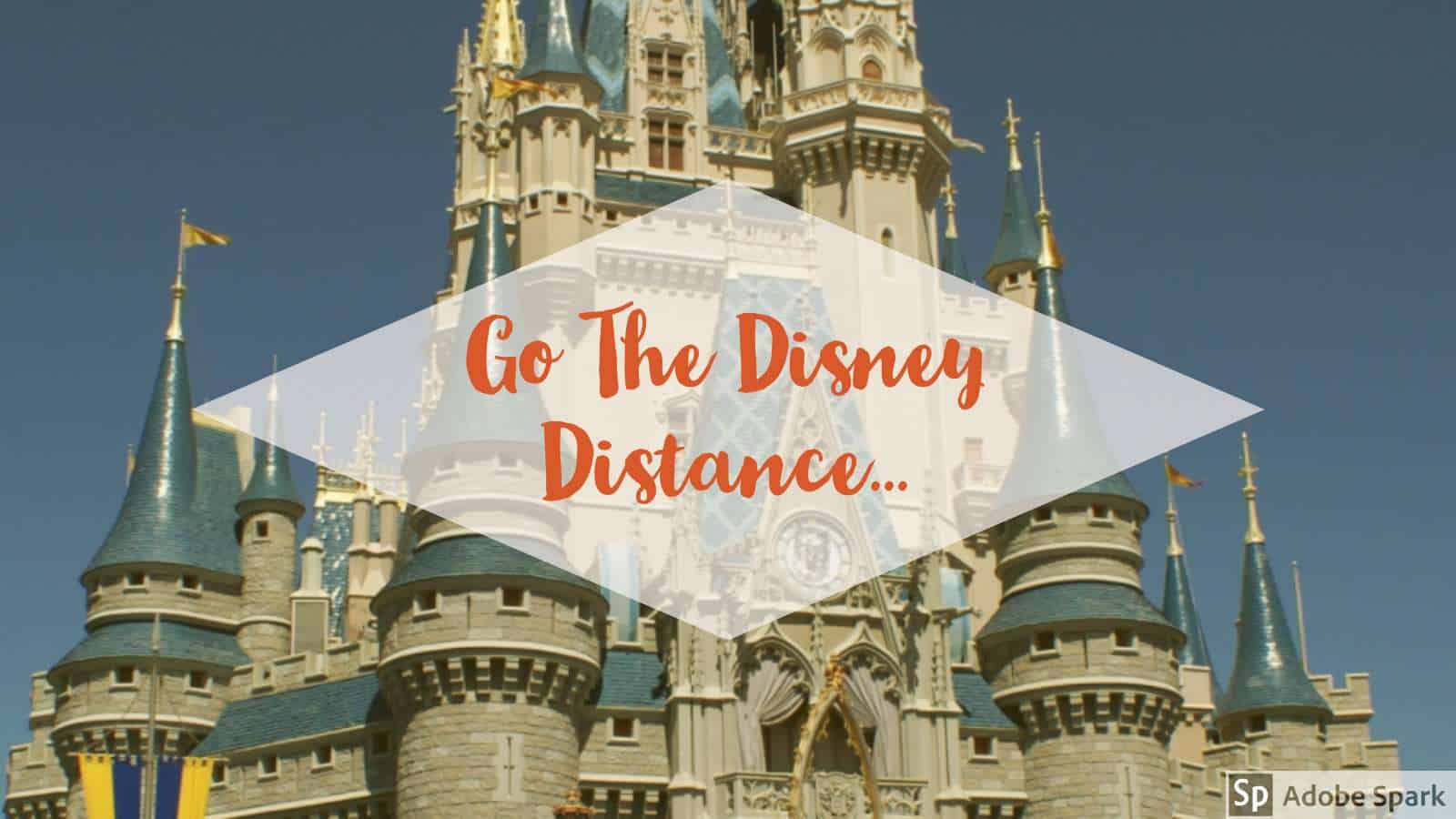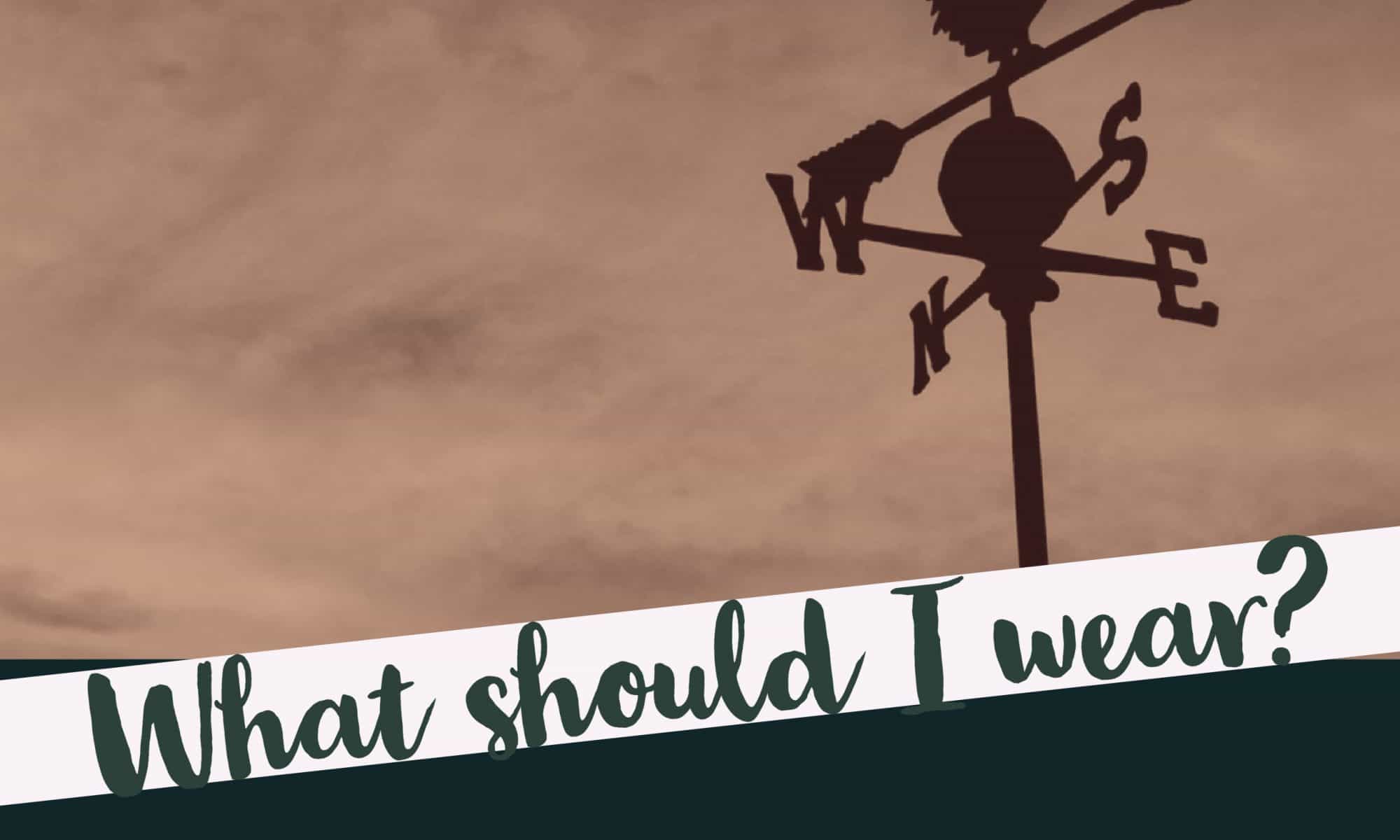Hanna and Laura’s lesson teaches students how to make nachos! Students can go through each slide to see different steps in the nacho making process. At the end, we ask students to order the pictures correctly in the comments section, allowing them to try using technology themselves. They also have an activity where they draw their own nachos, which we did since we are both in kindergarten classrooms.
Interactive Titration Pre-Lab
This Google Slides project allows students to work through a pre-lab, gain back ground knowledge, see an example experiment, and even input data from their own experiment. This will cut down on distractions and create one, easily accessible place for student to generate, record, and share their work.
Featured Image: Wikimedia Commons
Go The Disney Distance…
By: Margaret Buzard and Melissa Sta. Maria
For our collaborative Google slide activity, we have created a Disney Jeopardy game. Our game has three categories: Songs, Movies, and Characters. Students would see this example as inspiration for them to create their own Jeopardy games. Our hope is that our students will use this format (found online) to create their own Jeopardy game, perhaps to create a fun study guide for class vocabulary. This will help students use technology in a fun, unique way.
When we were students, we loved learning through Jeopardy games. It was a way for us to assess our knowledge in a competitive way. We hope our students see it in this way too.
What should I wear?
This is an instructional resource for primary elementary grades to use during a weather unit. This is an exciting way to help students associate appropriate weather attire with the seasons. This also provides students with the unique opportunity to learn through exploration independently or as a class.
While making this Google slide show we learned how to hyperlink slides to other slides. We also learned about other ways to make lessons more entertaining and engaging for visual learners while still teaching important content. We are both looking forward to creating adventure stories, and other Google slide show lessons, in order to utilize technology effectively in our future classrooms.
Our Little Friend- The Brookesia Chameleon
Our google slide project would be used as a science project about the rainforest and its animals, specifically a unit based on ecosystems and the food chain. We would begin our lesson by going through the google slides presentation with our students to demonstrate what we are looking for in the presentation, pausing occasionally throughout to participate in a discussion. We would directly hyperlink in our presentation to take our students directly to comment on the video or photo about what they see or think is important to notice. We may also use the Q & A or comment feature in google slides as part of this discussion as well so students can see many different ways to have class interaction within the presentation. Students will be active participants in the presentation constantly commenting their ideas about the chameleon and what they are learning which also allows the teacher to check in assuring that students are both following along and are understanding the knowledge being presented to them. Once we finish the presentation the students will break into groups of 4-5 and become animal researchers picking an animal from the rainforest in Madagascar to learn about and present on. Students will collaborate together to create their own google slides presentation on their animal. The hope would be that this would be an activity incorporating technology into the classroom in a fun and collaborative way that incorporates a lesson students are excited to do.
Madison and Lauren’s Project
“Somebody Loves You, Mr. Hatch,” by Eileen Spinelli, is about a lonely man who one day receives a mysterious letter in the mail. The letter changes his outlook on life, and he begins spreading joy to all his neighbors, until he is told it was meant for someone else. Mr. Hatch goes back to being lonely, but his neighbors surprise him, and he reverts back to his cheerful state. Our lesson will teach children the message that you do not need objects to keep you happy. They will learn this through the powerpoint which will include little projects and writing prompts.






